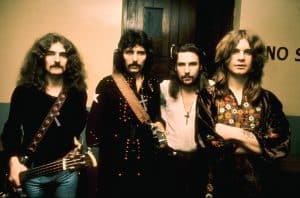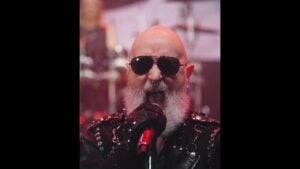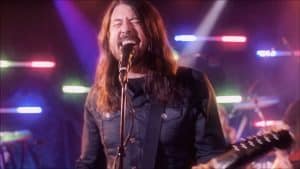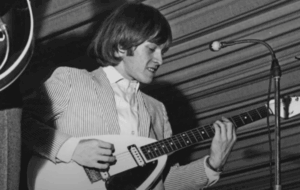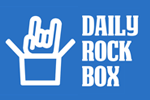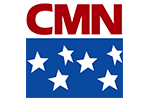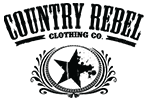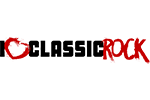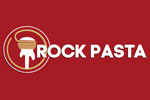The Story Of The 10 Game Changing American Music Festivals
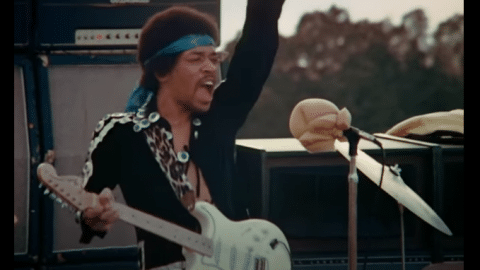
via Jimi Hendrix/YouTube
A lot of music festivals are being held in different parts of the world and they all have a different purpose. Some festivals just simply want to offer entertainment, while some want to tell a message through music. Although there are new festivals that came through time, there were 10 that actually changed the music and culture of the American history. Take a look at them below.
Newport Folk Festival (1965)
Before rock took over, jazz, folk and blues are at the top of the festival game. Changes then began in the ’60s and one of the prime examples took place on July 25, 1965, at the Newport Folk Festival. The legend Bob Dylan, known as an acoustic act, shocked the audience with amped-up songs with a backing band of session musicians. Fans were upset to the sudden change of Dylan’s musical direction, but also foreshadowed the rise of rock festivals.
Fantasy Fair and Magic Mountain Music Festival (1967)
Fantasy Fair and Magic Mountain took place June 10 and 11, 1967, making it the first rock festival in America. The event ushered in the Summer of Love while planning for future generations of festivals. Shuttle buses brought attendees at the top of picturesque Mount Tamalpais that’s filled with booths selling everything from food to fashion, and decorations that played up to the festival’s psychedelic theme. Among the performers were Jefferson Airplane, the Doors, the Byrds and Captain Beefheart.
Monterey Pop Festival (1967)
A week after the Fantasy Fair, a different Northern California site hosted its own groundbreaking festival. It was built on peace and love and made up of acts with ties to the San Francisco area. The lineup of artists consisted of stunning and great performers, yet for Jimi Hendrix it was best known as a career-turning moment, as he was still making a name for himself. His incendiary performance, complete with burning guitar, became legendary.
Woodstock (1969)
An era-defining collision of music and culture, the festival was reflective of one of the most important societal shifts in American history. Originally billed as “An Aquarian Exposition: 3 Days of Peace & Music,” Woodstock took place Aug. 15-18, 1969, at Max Yasgur’s farm in Bethel, N.Y. More than 500,000 people were in attendance, and thirty-two acts performed over three days, including Jimi Hendrix, Santana, Jefferson Airplane, the Who, Sly & the Family Stone, Crosby, Stills, Nash & Young, Mountain, the Grateful Dead, Creedence Clearwater Revival, Janis Joplin and the Band. Woodstock represented peace and love at the time of the Vietnam War and would further become the national hippie-counterculture movement.
Summer Jam at Watkins Glen (1973)
Though it wasn’t planned that way, The Summer Jam at Watkins Glen welcomed more than 600,000 fans in 1973. They sold 150,000 tickets, but four times that number turned out. According to historical estimates, one out of every 350 people living in America attended the single-day event. Only three acts were on the bill: The Allman Brothers Band, the Grateful Dead and the Band. Each group played for more than three hours, and the night wrapped up with an hour-long jam session featuring members of every group.
Ozark Music Festival (1974)
In 1974, Ozark Music festival was held at Missouri State Fairgrounds. The festival showed off its grand lineup of acts, including Bachman-Turner Overdrive, Aerosmith, Blue Oyster Cult, Eagles, America, Ted Nugent and the Amboy Dukes, Jeff Beck, Lynyrd Skynyrd, Joe Walsh and Barnstorm and REO Speedwagon. But it was also known for its infamous events, the site had people who are drug pushers, natural and unnatural sex acts became an entertainment, and drugs were advertised on nude women’s bodies.
Us Festival (1982)
Apple co-founder Steve Wozniak held this unifying music event despite festivals started to become out of fashion in the ’80s. For Labor day weekend of 1982, he booked some of the biggest acts in the world such as the Ramones, Oingo Boingo, the B-52’s, Talking Heads, the Police, Eddie Money, Santana, the Cars, the Kinks, Pat Benatar, Tom Petty and the Heartbreakers, the Grateful Dead, Jackson Browne and Fleetwood Mac. For music fans inside the Soviet Union, Wozniak organized a satellite link but the broadcast failed to connect.
Even though he lost money on the event, he was still pleased and decided to hold another Us festival on Memorial day weekend in 1983 with a spectacular lineup, including INXS, the Clash, Quiet Riot, Motley Crue, Ozzy Osbourne, Judas Priest, Scorpions, Van Halen, U2, the Pretenders, Willie Nelson, Stevie Nicks and David Bowie. Instances of violence were then the cause to Wozniak a lot of money, that’s why he decided to discontinue it.
Farm Aid (1985)
To help family growers who were troubled in losing their property, Farm Aid was then organized by Neil Young, Willie Nelson and John Mellencamp in 1985. The artists included are Bob Dylan, John Fogerty, Foreigner, the Beach Boys, Don Henley, Billy Joel, Bon Jovi, Johnny Cash, Huey Lewis, Joni Mitchell, Lou Reed, and Tom Petty and the Heartbreakers. It also marked Sammy Hagar’s first public appearance after agreeing to becoming Van Halen’s new singer. Farm Aid was broadcasted on both national television and radio, and eventually earned more than $9 million and started to become and annual event.
Lollapalooza (1991)
Jane’s addiction frontman Perry Farrell created the first festival for Generation X. Though the touring event was formed from the alternative-rock genre, they added different artists in various genres to be part of the lineup, foreshadowing the potential rise of cross-genres in festivals. Featuring Nine Inch Nails, Ice-T & Body Count, Siouxsie and the Banshees, Living Colour, Butthole Surfers, Rollins Band, Violent Femmes and Fishbone, its success made the event an annual summer tour, but it’s popularity decreased through the years. It was eventually changed to a three-day festival held in Chicago and it still continues to this day.
Coachella (1999)
The very first Coachella was held on October 9-10, 1999 which featured artists such as Beck, Tool, Rage Against the Machine, the Chemical Brothers and Morrissey. Organizers hoping to get 70,000 attendees didn’t manage to get the half of it resulting to the festival losing nearly a million dollars because of its immense failure. However, after two years, the event made its return in April 2001 with its well-built infrastructure. It’s major comeback resulted to making Coachella the most famous music festival in America, eventually their lineups changed and leaning more towards the pop genre.







